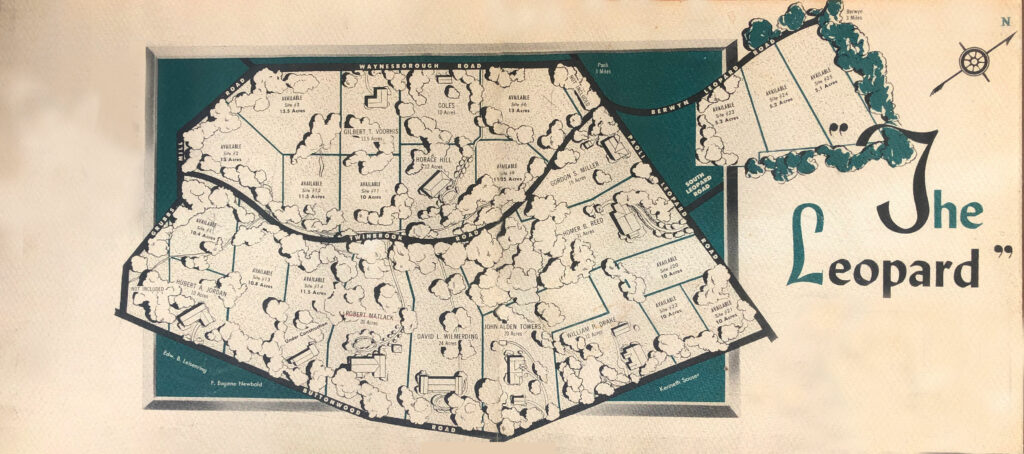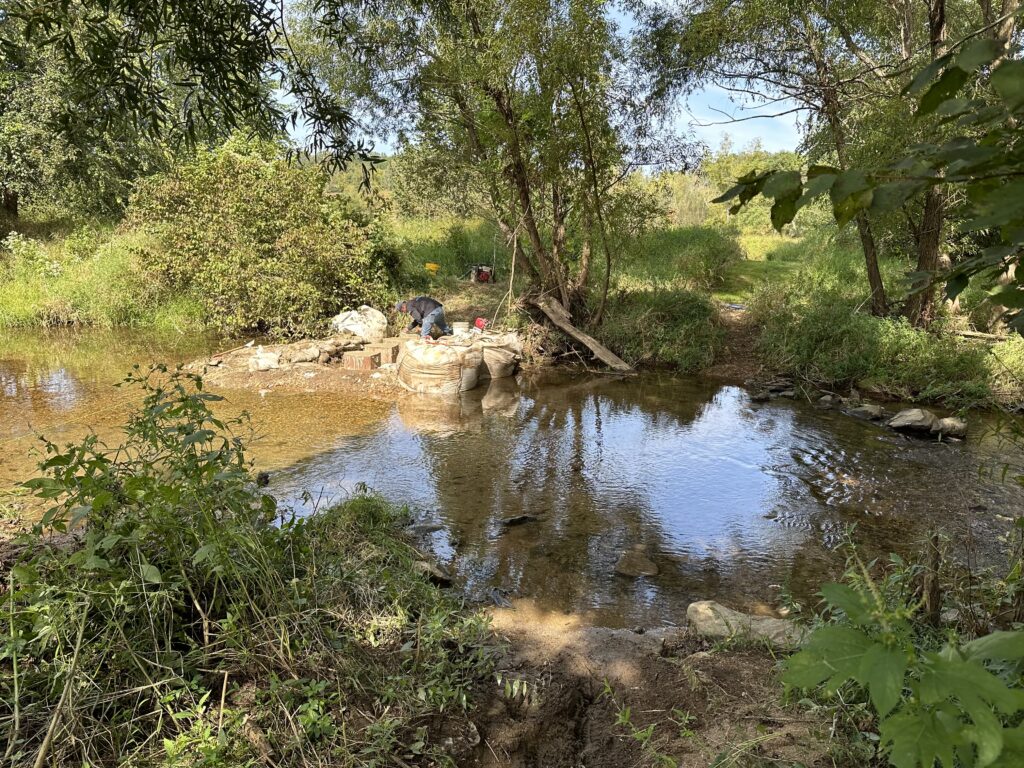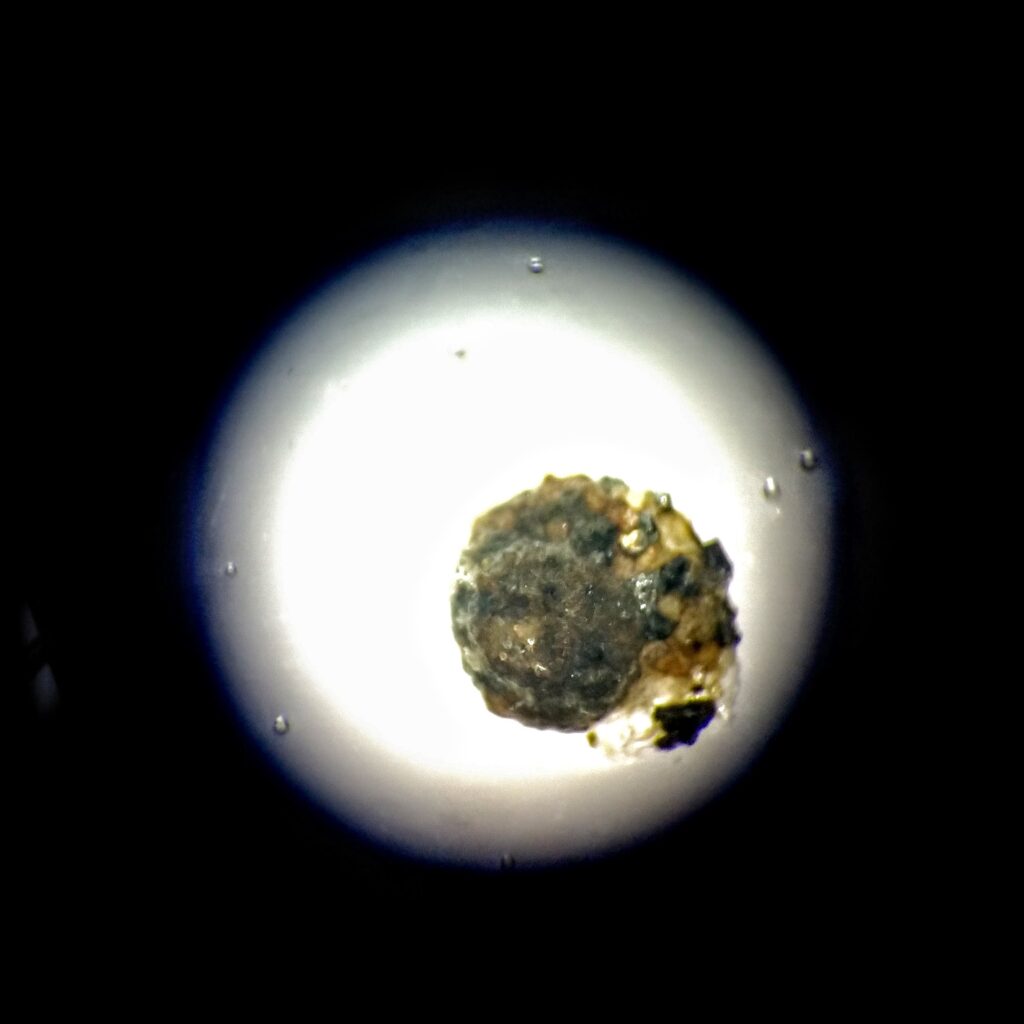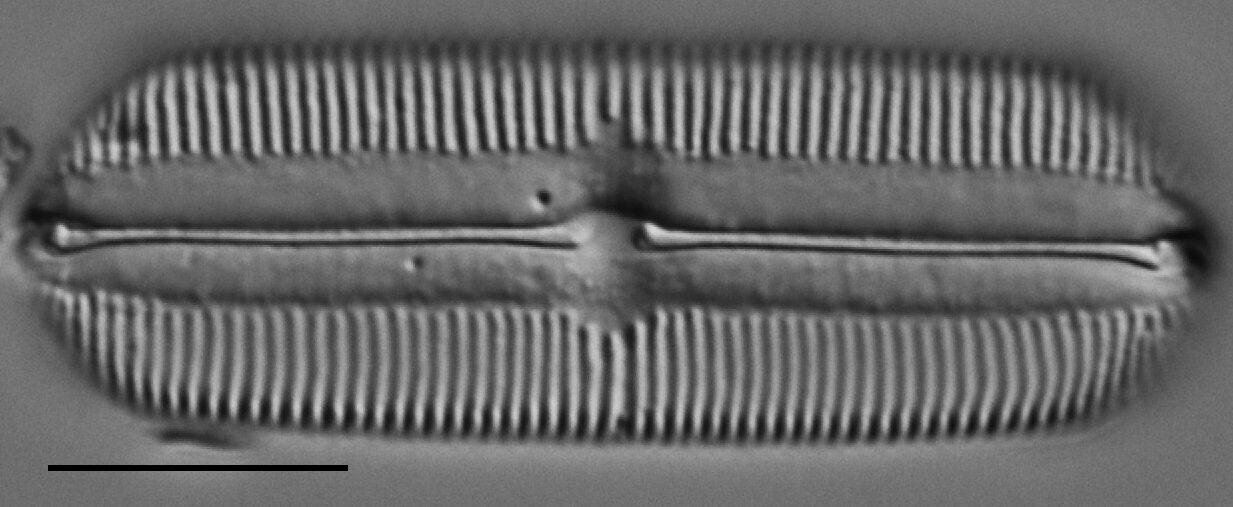In October 2023 longtime resident and Willistown Conservation Trust (WCT) supporter Beverly Hattersley generously granted a conservation easement on her 20-acre property in Easttown Township. Mrs. Hattersley worked with Land Protection staff over the course of the past year to refine her vision for conservation. The property is part of the historic Leopard Tract, a 316-acre area of land bound by Grubbs Mill and Buttonwood Roads, bisected by Twinbrook Road. The tract, established in the 1920s, consists of properties 10-acres and larger. Originally under deed restriction, this oasis of open space in a rapidly suburbanized area includes woodlands, creeks, ponds, and open meadows. Several residents of the tract have elected to strengthen those original deed restrictions by placing conservation easements, to be upheld in perpetuity by WCT, on their land. Mrs. Hatterley’s property is adjacent to another 10-acre property under easement, creating 30 contiguous acres of permanently protected open space.
The Hattersley property contains two 10-acre parcels. Significant natural features include Grubb Mill Run, a tributary of Crum Creek; two small ponds associated with the creek; floodplain and sensitive riparian areas adjacent to the creek and ponds; mature woodland; and scenic views into the property from Twinbrook Road and nearby conserved lands. Under the easement, the residential building site on the undeveloped lot will be eliminated, ensuring that those woodlands remain intact, and further limitations on building size and impervious coverage have been established on the existing residential site.
“WCT is eternally grateful for landowners like Mrs. Hattersley who elect to restrict development on their property for the benefit of nature and the surrounding community.”, says Kate Etherington, Executive Director, “Thanks to her foresight, this special piece of woodland, home to owls, song birds, foxes, and other species, will remain intact forever.”
WCT works with landowners and properties of all sizes to create conservation plans. From 1-acre suburban landscapes to many hundred acre farms, WCT can customize conservation plans that meet the needs of the landowner while preserving land and habitat for generations to come. To learn more about our conservation efforts, reach out to Erik Hetzel, Director of Land Protection at ewh@wctrust.org.





